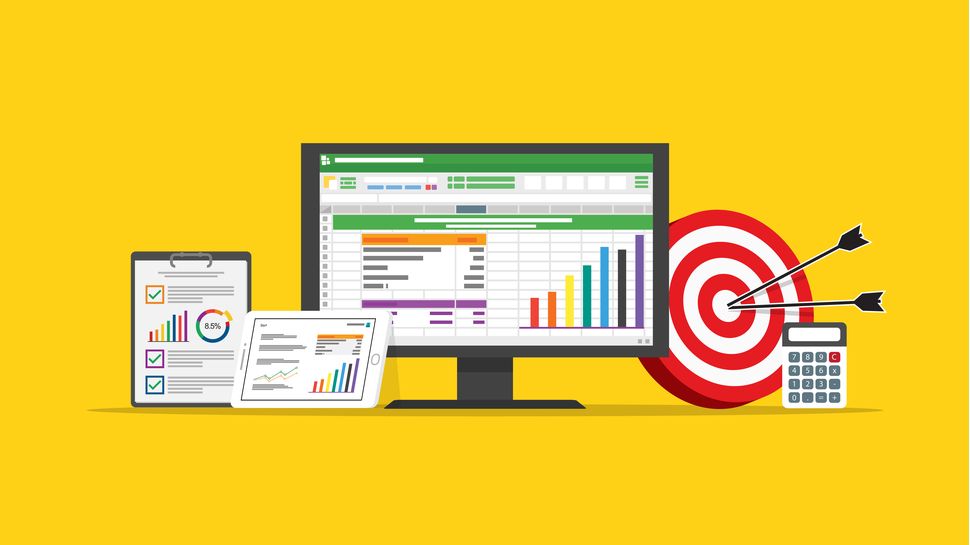
Opinions often differ when it comes to the humble spreadsheet – some of us are traumatized by complex formulae and others celebrated as Excel savants – so word that spreadsheets have entered the third dimension is likely to split the room.
Researchers from Coburg University, Microsoft Research and the University of Cambridge have ported popular spreadsheet applications Microsoft Excel and Google Sheets to virtual reality (VR).
The project is designed to improve upon the cumbersome spreadsheet experience on mobile devices, as well as boost productivity and introduce new functionalities.
The spreadsheets are rendered into a virtual space, where menus, charts and individual cells can be visualized in 3D. Users can also position multiple sheets above, below and to the sides of their display for better multitasking.
Meanwhile, the increased field of view allows spreadsheets to spill beyond the bounds of the screen, meaning users can more easily grapple with large amounts of data.
[embedded content]
3D spreadsheets
The researchers’ set-up consisted of an HTC Vive Pro headset, Microsoft Surface Pro 4 tablet and a stylus used for navigation and input. Both the tablet and pen were “spatially tracked” and rendered into the simulation.
In theory, this combination of gadgets and technologies could allow business users to interact with spreadsheets in a more fruitful and engaging way.
“VR can enhance the display and interaction of mobile knowledge work and in particular, spreadsheet applications. While spreadsheets are widely used yet are challenging to interact with, especially on mobile devices, using them in VR has not been explored in depth,” explains the research paper.
“Combining the precise on-screen input of a pen with spatial sensing around the tablet, we propose tools for the efficient creation and editing of spreadsheet functions such as off-the-screen layered menus, visualization of sheets dependencies, and gaze-and-touch- based switching between spreadsheet tabs.”
The researchers also celebrate virtual reality’s ability to de-limit the space in which workers can operate. The opportunity to work beyond the bounds of the tablet screen effectively expands the user’s work surface, which could prove particularly handy for anyone working out of a cramped home office.
The project is very much in its nascent stages, though, and the kit could prove prohibitively expensive for most businesses (costing $1,500+ per person). This means you’re unlikely to be faced with a 3D spreadsheet any time soon, which could be good news or bad, depending on your perspective.
However, this proof-of-concept demonstrates there could be value in conducting certain business tasks in virtual reality, where physical space is no concern and software is given an extra dimension to work with.
